Musician’s next opportunity to make a circle
Editor’s note: This article comes from the WeChat public account “ Rhino Entertainment ”(ID: piaofangtoushijing), article | Yuanmu Editor | Park Fang.
“Today I will give you a cloud first sing.”
The OST creator and musician Lu Hu of the recent hit drama “Tanbian is not Begonia Red” said in the live broadcast room that his front feet also complained to fans that he had too long hair because he had n’t seen Teacher Tony in a long time, and his back feet began to be serious. Singing OST songs.
Although it seems to be a scriptless live broadcast, it can be seen that the musicians are not impromptu. Lu Hu said that the platform will discuss with him the general process of the live broadcast in advance, and try to enrich the live broadcast content. In terms of specific presentations, in an hour of live broadcasting, Land Rover will confess to fans how he created the OST, and tell the creative inspiration behind the song, interesting things behind the scenes, and so on.
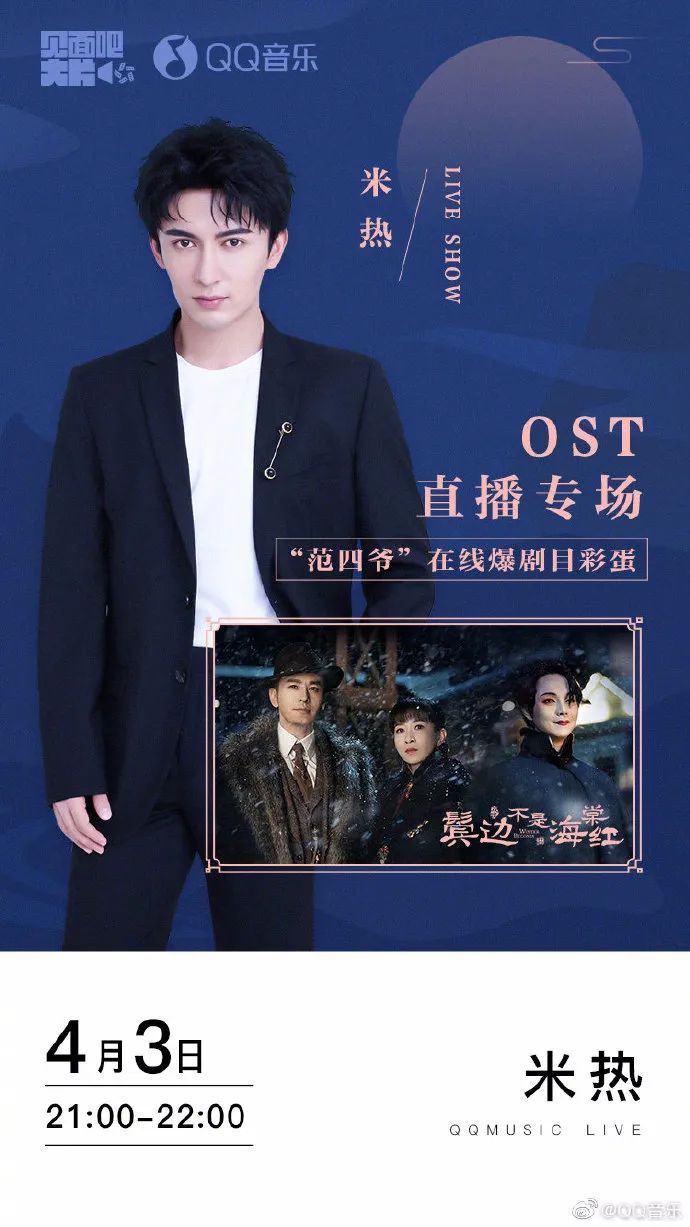
After Land Rover, Mi Re, who played the role of “Fan Siye” in the play, continued to be replaced live. Unlike Land Rover’s identity as a musician, Mi Re used the actor’s perspective to tell the anecdotes behind the TV series, while sharing , And it was very appropriate to broadcast the original soundtrack of the film and television drama as the background music. Some users commented in the live room, “This song is amazing!”
OST enters the live broadcast room, return to the essence of music
Various types of film and television OST and live broadcast formats have been popularized on music platforms. However, for users of music streaming platforms, the form of “live broadcast + OST” is still full of freshness, and it has a greater play in live broadcast gameplay. space.
It is not difficult to see that with the deepening of live broadcasting in various fields, it has broken through the previous limit that OST can only exist in the form of a single song. OST is no longer just a supplementary content, but becomes a live broadcast theme, with more than film and television. The independent value of the outside world is also a prerequisite for video and audio linkage to enter the era of live broadcasting.
Take QQ Music’s “Let’s Meet” as an example, by inviting a combination of different identities of “movie actors and actresses + OST creators”, such as OST creators telling about their creative experience, film and television actors sharing the anecdotes of the crew, etc. , As a supplement to the background of the OST, it can display the song content in multiple dimensions, and at the same time it is a deeper exploration of the value of music.For drama fans and music fans, it means increasing the discussion space and the chance of finding the same good.
According to your music chart ’s annual report, OST has become the most popular song type in addition to the regular recording version. TME ’s music library covers more than 90% of the copyright of film and television OST in 2019. From this perspective, Tencent Music Based on the rich types of OST and the wide coverage of users, it has certain advantages in live broadcast. In turn, OST can also give live broadcast more imagination space.
OST can be used as an interactive theme in the live broadcast room. Musicians, actors, etc. can expand communication around OST to deepen the public ’s impression of songs and film and television dramas; it can also be used as live background music, even if the anchor expresses nothing to do with OST The content can also have a subtle impact on non-drama fans.
In addition, in addition to “The Sideburns Are Not Begonia Red” mentioned at the beginning, there are more popular dramas such as “Want to See You”, “Home” and “Two Worlds” OST creation musicians and actors also entered the live broadcast room for Drama fans and music fans bring more interactive music content. Some drama fans are attracted by the interactive content of the musicians in the live room, and are also expected to become a new fan of the musicians.
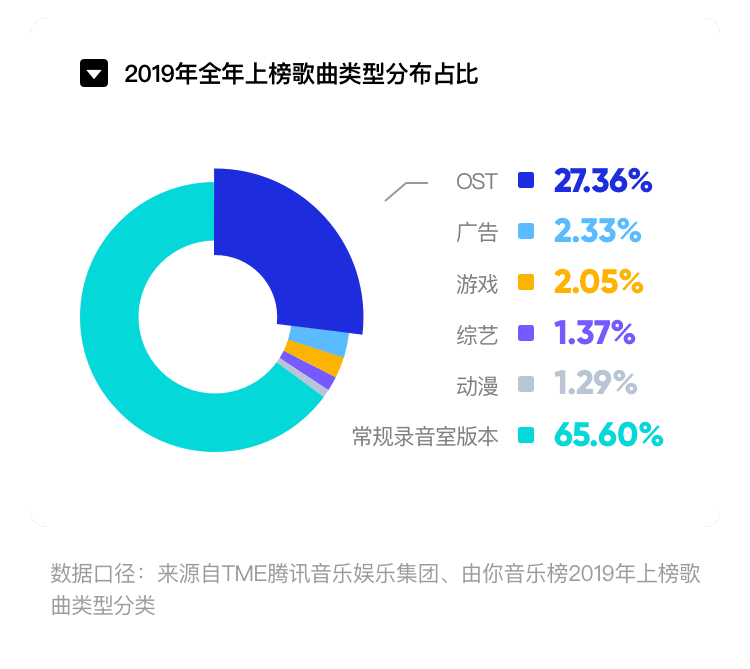
The short video platform has also tried in the field of “film + live broadcast”, such as the first line of Doulive hot broadcast launched by Douyin, and there are live content behind the scenes of film and television dramas, intended to build a richer content ecology. As creators of different music genres and fields enter the game, and users develop a habit of watching live broadcasts, it is foreseeable that this “OST + live broadcast” content form will also last for a long time and derive more new gameplay.
From short video to live broadcast, Musician ’s next opportunity to make a circle
Since last year, short videos have been an important exposure channel for musicians. However, short videos are more suitable for cultivating explosive models based on short, flat and fast features, such as last year ’s “A Song of Love” and “Bridgeside Girl” “,” The Fiery Sagrim “and so on, whether it is a lyric slow song or a fast song of ghosts and animals, all have the potential to become explosive models, but musicians are also prone to fall into the dilemma of” songs are not red “.
Compared with short videos, live broadcasts pay more attention to immersion effects, highlight the advantages of “people”, and are more conducive to musicians to cultivate fan stickiness. Through live broadcasts that can last up to several hours, musicians are shown in an equal manner with friends Talent, sharing life, to a certain extent, means expanding the interpretation space of the song, and allowing the audience to get more memory points in the live broadcast room.
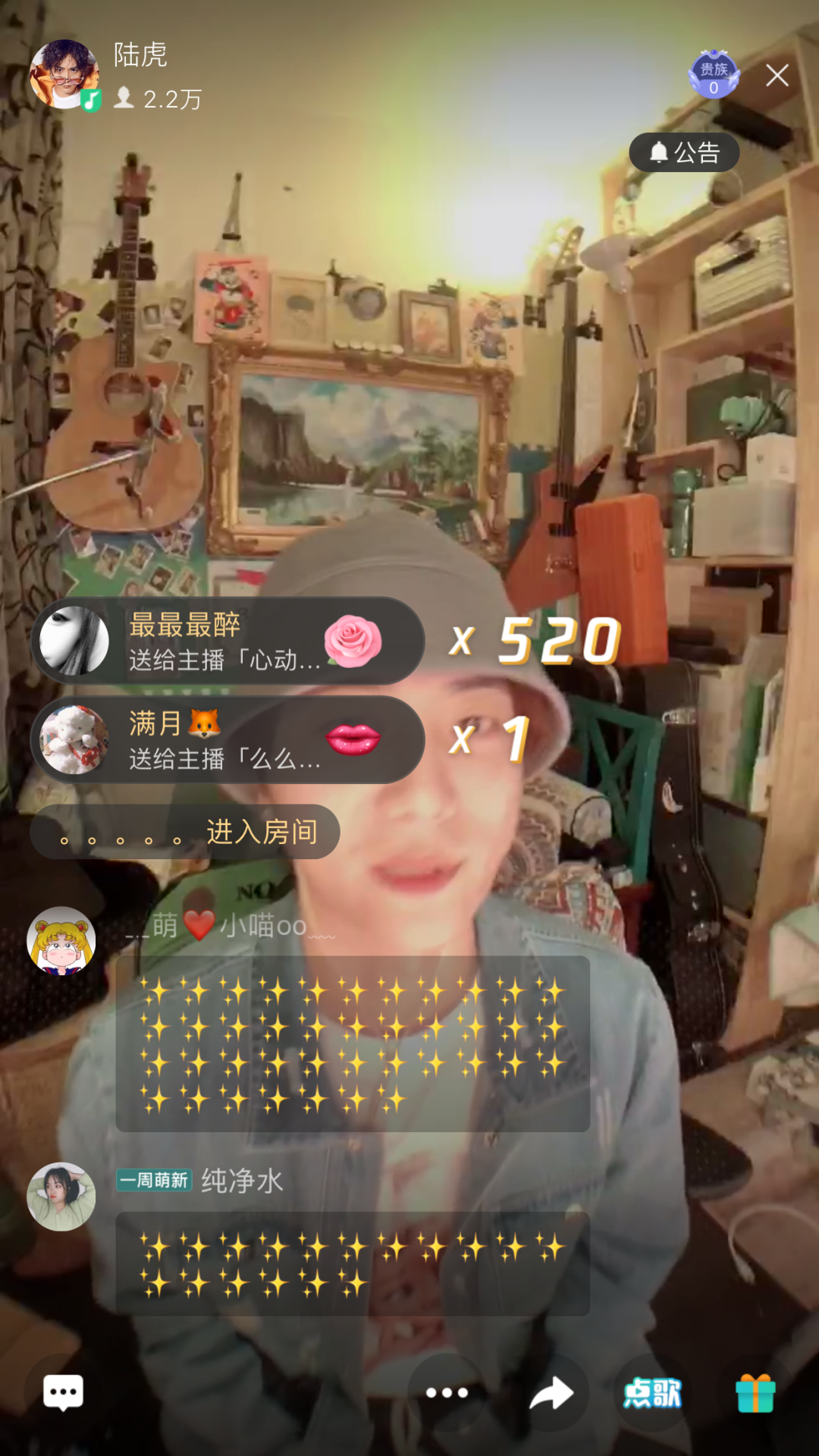
According to the live feedback of some musicians, users also accept this method. Not only have fans established a concert fluorescent atmosphere through expressions in the live broadcast, but many fans expressed their hope that the musicians can perform more live broadcasts .
With the continuous development of streaming media platform functions, in addition to previous interactive methods such as playlist recommendations, popular reviews, and music stations, music fans need a more direct and effective interactive channel. In this regard, live broadcast is obviously better.
On the one hand, it is to meet the social needs of the public through live broadcast. Unlike the previous single-received song, the friendly communication of the musicians can promote the user ’s interest in the work; on the other hand, through the creator ’s appearance, it also allows the audience Learn more stories behind the song, so as to produce a deeper memory of the song.
In a way, in fact, this has returned to the essence of music, that is, communication. Live broadcast has further reduced the distance between music and audiences, becoming an important content form. Judging from the actions of a variety of music platforms, such as QQ Music’s “Meeting Bar Series”, NetEase Cloud Music’s bedroom music festival, etc., while mining the stories of musicians, it has a higher level of cross-layer capabilities. It is foreseeable that in the future, more live derivative games will be produced to fully tap the capabilities of musicians and increase the chances of musicians going out.
Besides OST, The next growth point of “Live +” is audio?
After the copyright structure has gradually stabilized, a number of music streaming platforms have begun to explore new traffic growth points. For example, in the expansion of the supply of live streaming services, in addition to OST, the audio field is also one of the important directions.
Audio has become the next content scene that music platforms are competing on live broadcast. According to AI media data, the audio market will reach 489 million users in 2019. It is estimated that by 2020, China ’s online audio users will reach 542 million. The music platform is a huge volume of good traffic, and it is also the basis for the growth of a series of “live +” services on the platform.
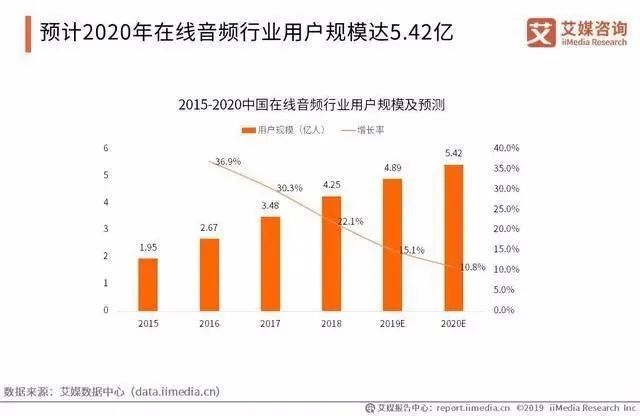
The music streaming media platform has a long-term layout in the field of audio live broadcast. As early as 2017, NetEase Cloud Music launched LOOK in 2018.Broadcasting, in 2019, LOOK live broadcast will launch audio live broadcast function, based on the platform of Yuncun community culture and interactive atmosphere to create its own audio ecology.
On the other side, Tencent Music also proposed to cooperate with reading in the financial report, which will deepen its efforts in the field of long audio. In addition, it is reported that QQ Music will launch an app called “Fanlive” in April to increase the live broadcast field. It is located on the mobile social video live broadcast platform. In addition to video, the live content of the product also has audio. The QQ music department will guide it. Some media say that the first anchors will be musicians.
From video live streaming to audio live streaming, it can be said that audio can more highlight the musician’s voice advantages and interactive capabilities, which makes it a natural fit for live broadcasting. In addition, audio live broadcasting has a unique companionship function and low production threshold. The freedom is higher. For musicians, it also means that they can interact more frequently with the audience, and use a more pure sound experience to further increase fan stickiness.
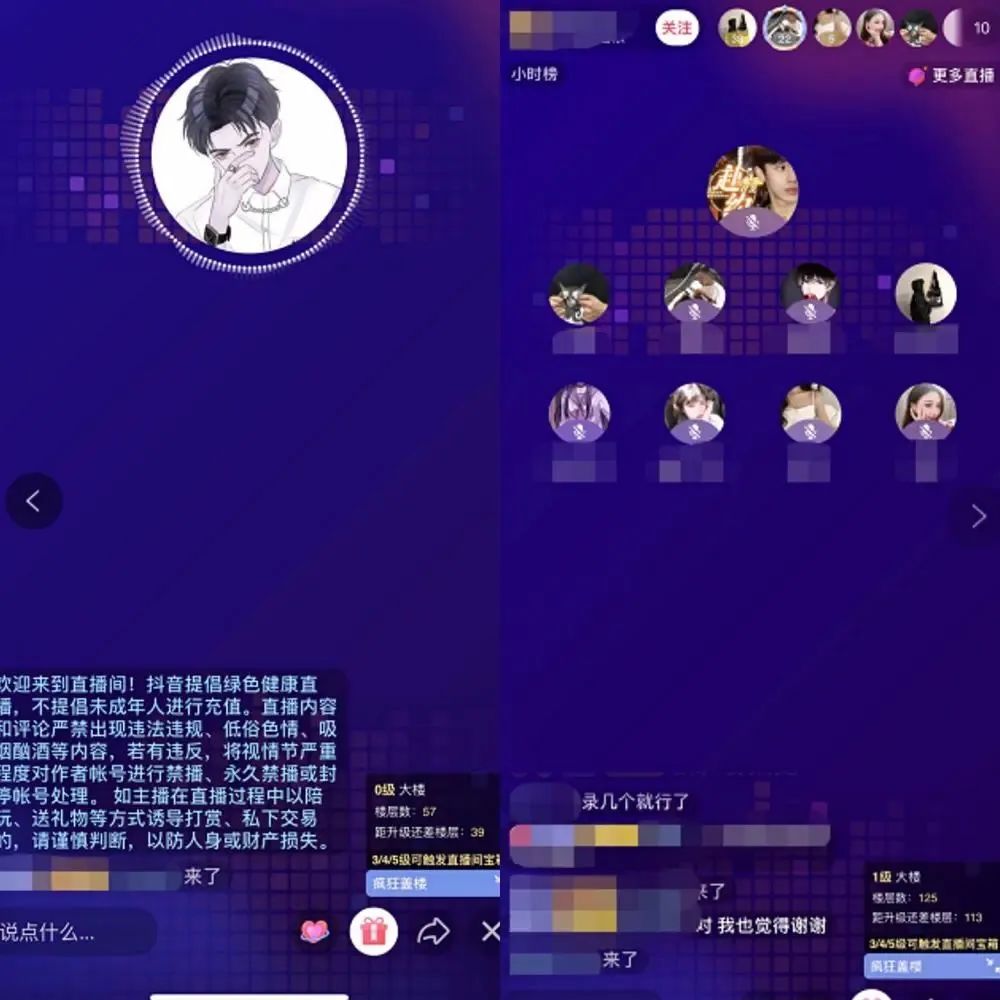
Short video platforms are also constantly striving to expand the field of live broadcasting. In early March, Douyin was exposed to the internal test voice live broadcast, and Quick Hands also launched the live voice broadcast function in the morning. With the in-depth development of various platforms, it is foreseeable that 2020 In the year, the competition situation of “Live +” will continue to intensify.

Since last year, short videos have been an important exposure channel for musicians. However, short videos are more suitable for cultivating explosive models based on short, flat and fast features, such as last year ’s “A Song of Love” and “Bridgeside Girl” “,” The Fiery Sagrim “and so on, whether it is a lyric slow song or a fast song of ghosts and animals, all have the potential to become explosive models, but musicians are also prone to fall into the dilemma of” songs are not red “.
Compared with short videos, live broadcasts pay more attention to immersion effects, highlight the advantages of “people”, and are more conducive to musicians to cultivate fan stickiness. Through live broadcasts that can last up to several hours, musicians are shown in an equal manner with friends Talent, sharing life, to a certain extent, means expanding the interpretation space of the song, and allowing the audience to get more memory points in the live broadcast room.

According to the live feedback of some musicians, users also accept this method. Not only have fans established a concert fluorescent atmosphere through expressions in the live broadcast, but many fans expressed their hope that the musicians can perform more live broadcasts .
With the continuous development of streaming media platform functions, in addition to previous interactive methods such as playlist recommendations, popular reviews, and music stations, music fans need a more direct and effective interactive channel. In this regard, live broadcast is obviously better.
On the one hand, it is to meet the social needs of the public through live broadcast. Unlike the previous single-received song, the friendly communication of the musicians can promote the user ’s interest in the work; on the other hand, through the creator ’s appearance, it also allows the audience Learn more stories behind the song, so as to produce a deeper memory of the song.
In a way, in fact, this has returned to the essence of music, that is, communication. Live broadcast has further reduced the distance between music and audiences, becoming an important content form. Judging from the actions of a variety of music platforms, such as QQ Music’s “Meeting Bar Series”, NetEase Cloud Music’s bedroom music festival, etc., while mining the stories of musicians, it has a higher level of cross-layer capabilities. It is foreseeable that in the future, more live derivative games will be produced to fully tap the capabilities of musicians and increase the chances of musicians going out.
Besides OST, The next growth point of “Live +” is audio?
After the copyright structure has gradually stabilized, a number of music streaming platforms have begun to explore new traffic growth points. For example, in the expansion of the supply of live streaming services, in addition to OST, the audio field is also one of the important directions.
Audio has become the next content scene that music platforms are competing on live broadcast. According to AI media data, the audio market will reach 489 million users in 2019. It is estimated that by 2020, China ’s online audio users will reach 542 million. The music platform is a huge volume of good traffic, and it is also the basis for the growth of a series of “live +” services on the platform.

The music streaming media platform has a long-term layout in the field of audio live broadcast. As early as 2017, NetEase Cloud Music launched LOOK in 2018.Broadcasting, in 2019, LOOK live broadcast will launch audio live broadcast function, based on the platform of Yuncun community culture and interactive atmosphere to create its own audio ecology.
On the other side, Tencent Music also proposed to cooperate with reading in the financial report, which will deepen its efforts in the field of long audio. In addition, it is reported that QQ Music will launch an app called “Fanlive” in April to increase the live broadcast field. It is located on the mobile social video live broadcast platform. In addition to video, the live content of the product also has audio. The QQ music department will guide it. Some media say that the first anchors will be musicians.
From video live streaming to audio live streaming, it can be said that audio can more highlight the musician’s voice advantages and interactive capabilities, which makes it a natural fit for live broadcasting. In addition, audio live broadcasting has a unique companionship function and low production threshold. The freedom is higher. For musicians, it also means that they can interact more frequently with the audience, and use a more pure sound experience to further increase fan stickiness.

Short video platforms are also constantly striving to expand the field of live broadcasting. In early March, Douyin was exposed to the internal test voice live broadcast, and Quick Hands also launched the live voice broadcast function in the morning. With the in-depth development of various platforms, it is foreseeable that 2020 In the year, the competition situation of “Live +” will continue to intensify.

